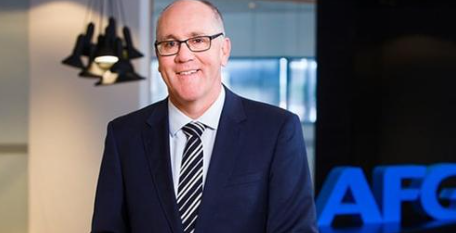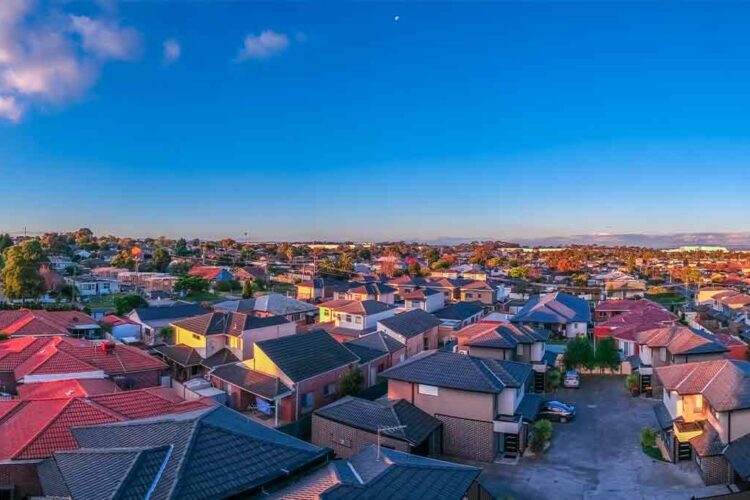While the RBA deputy governor warns Australian borrowers pose “potential risks” to the financial sector, ballooning assets may buffer any financial risks.
In her first major speech since being appointed in April, Reserve Bank of Australia’s (RBA) deputy governor Michele Bullock told the Economic Society of Australia that while indebted homeowners posed more risk to the financial sector as they “react to interest rate rises” the sector was well-placed to cope.
Given one-third of all Australian households have housing debt, Ms Bullock said the RBA was keeping close consideration on their reaction to rising interest rates when deciding the size and timing of future increases.
As widely anticipated, Ms Bullock expects further increases in the cash rate “will be needed” in the months ahead – in a bid to slow rising inflation.
Over the last three months the RBA has begun lifting the cash rate – which now sits at 1.35 per cent.
Ms Bullock said while Australia’s high debt-to-income, approximately 150 per cent, had raised some concerns the sector as a whole had large household savings buffers (around $260 billion) and accumulated substantial equity in their housing assets to mitigate risks.
Further according to RBA analysis, almost 75 per cent of debt outstanding is held by households in the top 40 per cent of the income distribution.
“Much of the debt is held by high-income households that have the ability to service their debt and many borrowers are already making repayments well above what is required,” she said.
In addition, strong growth in housing prices over 2021 and early 2022 had boosted asset values for many homeowners, with housing assets now comprising “around half of household assets, she said.
Despite housing prices falling in recent months, she said this would have to fall a fair way for negative equity to become a systemic concern.
“Even a fall of 20 per cent in housing prices would only increase the share of balances in negative equity to 2.5 per cent,” she said.
Mortgage prepayments cushion borrowers
Alongside savings that Australians have accumulated, many have put additional money aside into their mortgage prepayments.
Since the start of the pandemic, payments into offset and redraw accounts “have been substantial”, totalling around 3.5 per cent of disposable income, she said.
“Among households with variable-rate owner-occupier mortgage debt, around half have accumulated enough prepayments to service their current loan repayments for almost two years or longer,” Ms Bullock said.
Further, the majority of outstanding fixed-rate loans are due to roll off within the next two years, which Ms Bullock said will shield these borrowers for the time being from interest rate rises.
The level of housing credit on fixed mortgage rates rose from 20 per cent at the start of 2020 and peaked at nearly 40 per cent in early 2022.
“Those on very low fixed-rate loans have some time to prepare themselves for higher interest rates,” she said.
“Unlike borrowers who hold variable-rate loans, we have very little visibility of how much saving those with fixed-rate loans have been doing in recent years.
“But given the very low interest payments and the broad-based increase in household saving rates, it is likely that many of these borrowers will have accumulated savings outside their mortgages ahead of any potential increase in repayments.
“The accumulated stock of these savings could help to ease the transition to higher mortgage payments for many borrowers, allowing them to sustain higher levels of consumption than otherwise.”
“This along with the Board’s assessment of the outlook for inflation, will be “important considerations” when deciding the size and timing of future interest rate increases, she said.


